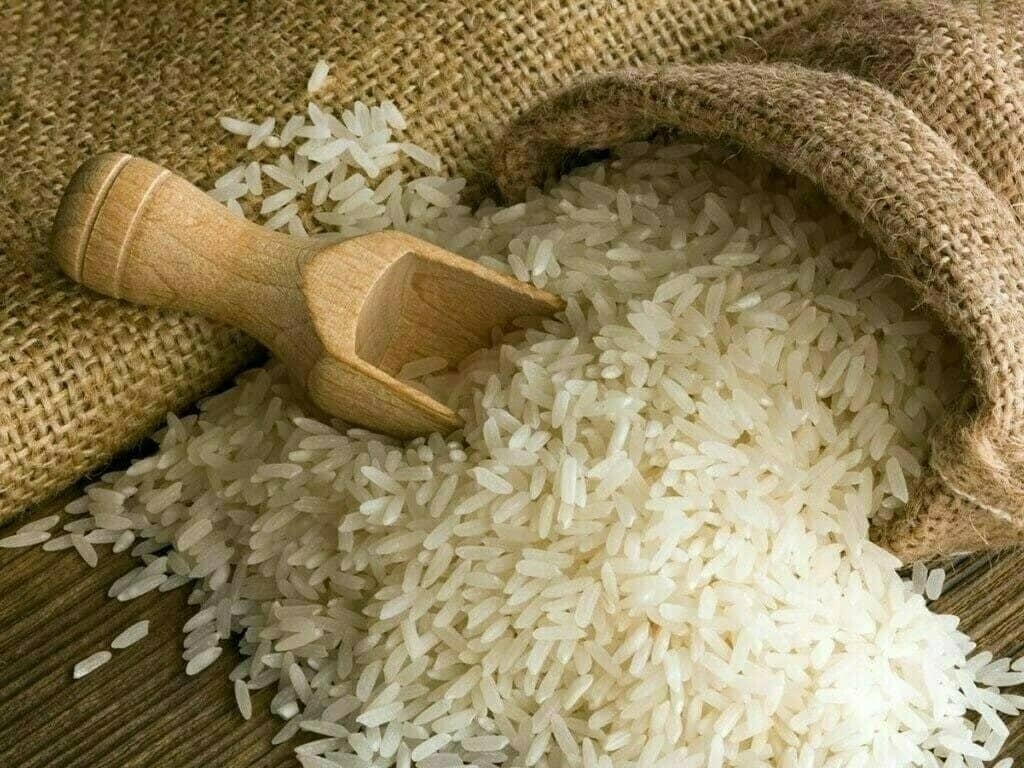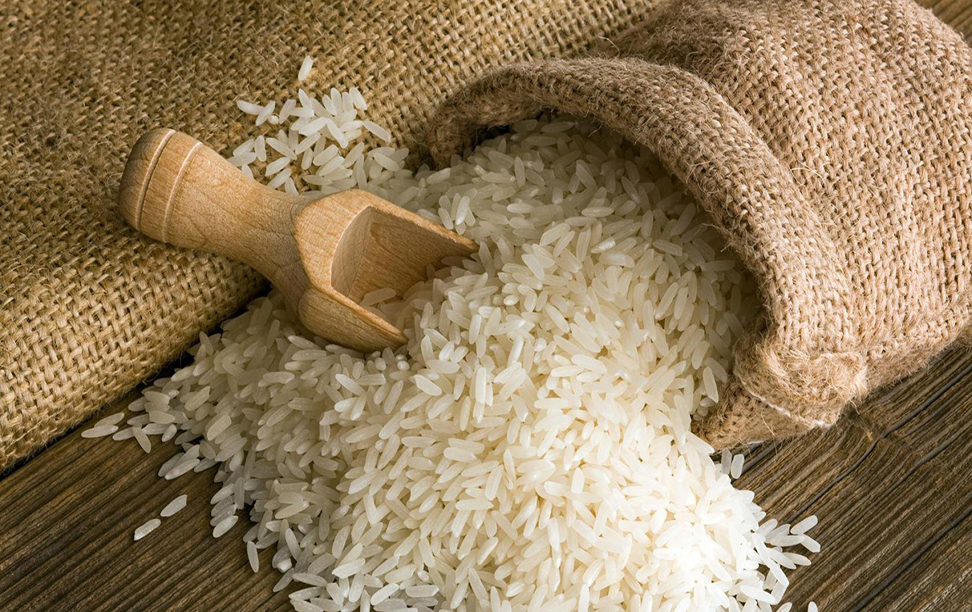Tags
Wild rice a nutritious staple in Midwestern winters

Maybe the best thing about harvesting wild rice, other than a taste that seems to reflect our natural world, is the setting where this delicacy is gathered.
Sunset on this early fall afternoon brought an end to our day of harvest as we pulled into the remote, primitive boat landing tucked into the shoreline of this undeveloped lake. Being surrounded by public forest, there were no personal watercraft, ski boats or even fishing boats interfering with the solitude. Wind rushing over the wings of the mallards and wood ducks coming in to gorge on the grains of rice were all that broke the silence.
“We’ve got to hunt this sometime this fall,” said my partner as we scooped up the green rice from the bottom of our canoe.
I agreed. It wouldn’t be the first time a day of gathering wild rice served as a pre-season waterfowl scouting trip.
Wild rice, known as manoomin to the Great Lakes tribal communities, has been harvested for over 1,000 years. The cultural and religious importance of it can’t be understated; in fact, battles have been fought between tribes in the past for control of these coveted waters.
Wild rice is a unique plant. Although many refer to wild rice as a grain, it’s actually a seed produced by an annual aquatic grass that’s not only delicious, it’s a nutritious source of food for both people and wildlife. The grain — or seed — has more nutritional value than wheat or oats and twice the protein as brown rice. Due to the denseness of the grain, it can take up to an hour to cook, but the nutty, toasty flavor that some say tastes and smells like black tea is worth the wait.
Historically, all the Upper Great Lakes states had vibrant rice beds, but now only the northernmost states fit that category, although northern Ontario, Saskatchewan and Manitoba have beds also. The habitat for wild rice is quite specific. Gently flowing waters with a mucky or organic bottom with relatively stable water levels and a depth between 6 inches and 3 feet are basic requirements. These areas are often near the inlet or outlet of a lake due to the slight movement of water.
Other than some commercial operations in Canada, states with a wild rice resource only allow hand harvesting. With normal harvesting practices, plenty of rice falls off the plant into the sediment on the lake’s bottom to insure next year’s crop. Wild rice crops vary from year to year but normally begin ripening in late summer, but lakes can ripen at different times, just like stands of rice can on individual lakes. Like hunting, a successful ricing venture often depends on scouting to see what lakes are going to be productive in a given year. Even lakes close to each other can vary greatly from year to year.
Some years, inclement weather with strong thunderstorms at crucial times can influence the crop. Heavy rain without wind can, too, because a rise in the water level can uproot the shallow root systems by pulling the stalk from the lake bottom early in the growing season. This crucial period of time is referred to as the submerged leaf stage of development and can make or break a harvest season.
The equipment needed to harvest wild rice is minimal. Most ricers use a smooth-bottomed canoe with one person standing in the back with a long push pole, easing the canoe forward through the beds of rice while another person sits on the bottom of the craft holding two poles called flails. Flails, also called “knockers,” are used together with one bending the stalks of rice over the canoe’s side and the other gently tapping the ends, causing the grains of rice to fall into the bottom.
Some harvesters don’t knock the rice stalks at all but rather bend the stalks over the canoe with one flail and run the other over them. Timing is the key to a successful rice harvest. When the rice is mature and firm, they fall easily, while attempts to harvest too early results in the rice being too firm to fall and can do more harm than good. An acre of good rice beds can yield over 500 pounds of grain, but hand harvesting will only capture about 10 to 15%. This ensures plenty of seed for next year’s crop and local wildlife. Any one harvesting over 100 pounds of green rice in a day is doing exceptionally well.
Most states have similar laws when it comes to ricing, but there can be a few differences. In Wisconsin, the flails can be up to 38 inches long, while in Minnesota they can’t be over 30 inches in length. The times of day differ, too. Wisconsin ricers can harvest from 10 a.m. to sunset, while Minnesota’s opening is at 9 a.m. and ends at 3 p.m. The reason is any overnight dew or rain will have a chance to dry by mid-morning, allowing the rice to fall more easily.
As with other natural resources, all wild rice lakes aren’t created equal. Some lakes produce long, thick grains of rice, while other lakes have smaller grains. This diversity is a product of natural selection because the pollen of wild rice, similar to domestic crops such as corn, is quite heavy and doesn’t drift far. Individual stands of rice appear to have developed unique characteristics that have adapted to conditions in the body of water. Harvesters and processors with years of ricing experience can look at the shapes and size of the rice grain and tell what body of water the rice came from and sequence to remove them.
Most wild rice harvesters take their freshly harvested rice that’s still in the hull to experienced processors who’ve made a cottage industry of finishing wild rice, using old, tried-and-true equipment coupled with generations of experience. These processors remove the hull and chaff — also called “cooking” — from the green rice in a time-honored manner.
While some elect to sell their finished rice to organic markets for between $12 and $20 a pound, most use the rice as a staple for their winter diet. Personally, there’s no better use of leftovers from a wild turkey dinner than to make turkey soup with wild rice. Turkey soup doesn’t get any better!
https://www.apg-wi.com/spooner_advocate/news/local/wild-rice-a-nutritious-staple-in-midwestern-winters/article_5ba264b8-50c7-11ee-98c1-afe8c0cf5e41.htmlPublished Date: September 16, 2023







